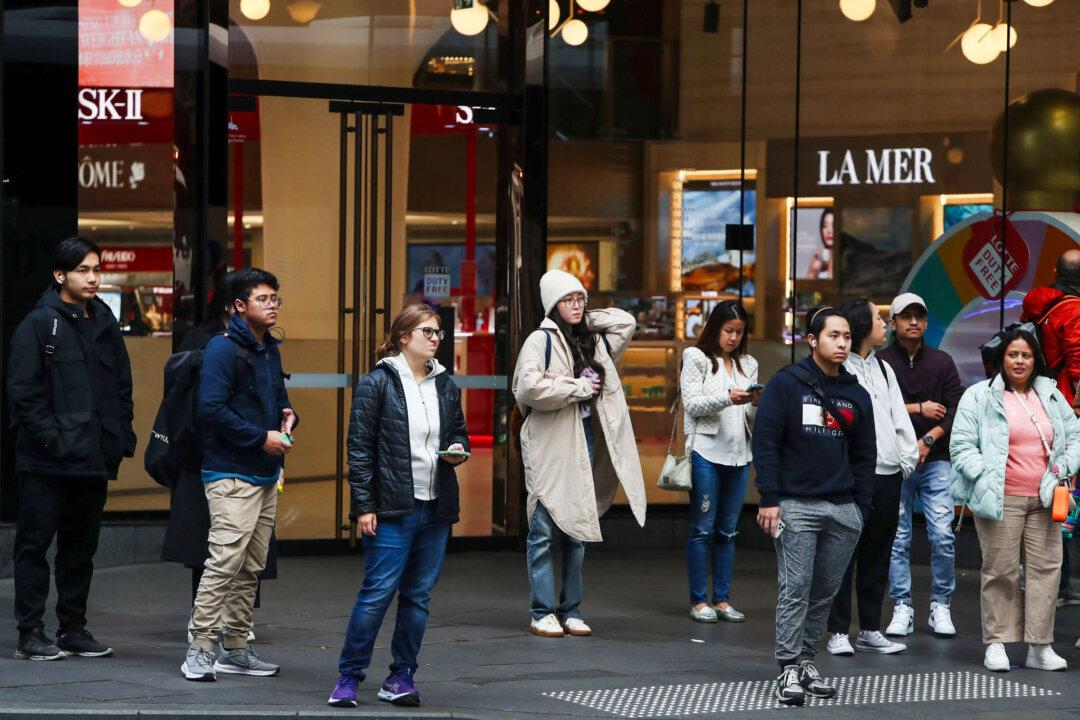Inflation in August has dropped to its lowest point in three years.
According to the latest figures from the Australian Bureau of Statistics, annual headline inflation fell to 2.7 percent last month, down from a 3.5 percent increase in July.

Inflation in August has dropped to its lowest point in three years.
According to the latest figures from the Australian Bureau of Statistics, annual headline inflation fell to 2.7 percent last month, down from a 3.5 percent increase in July.